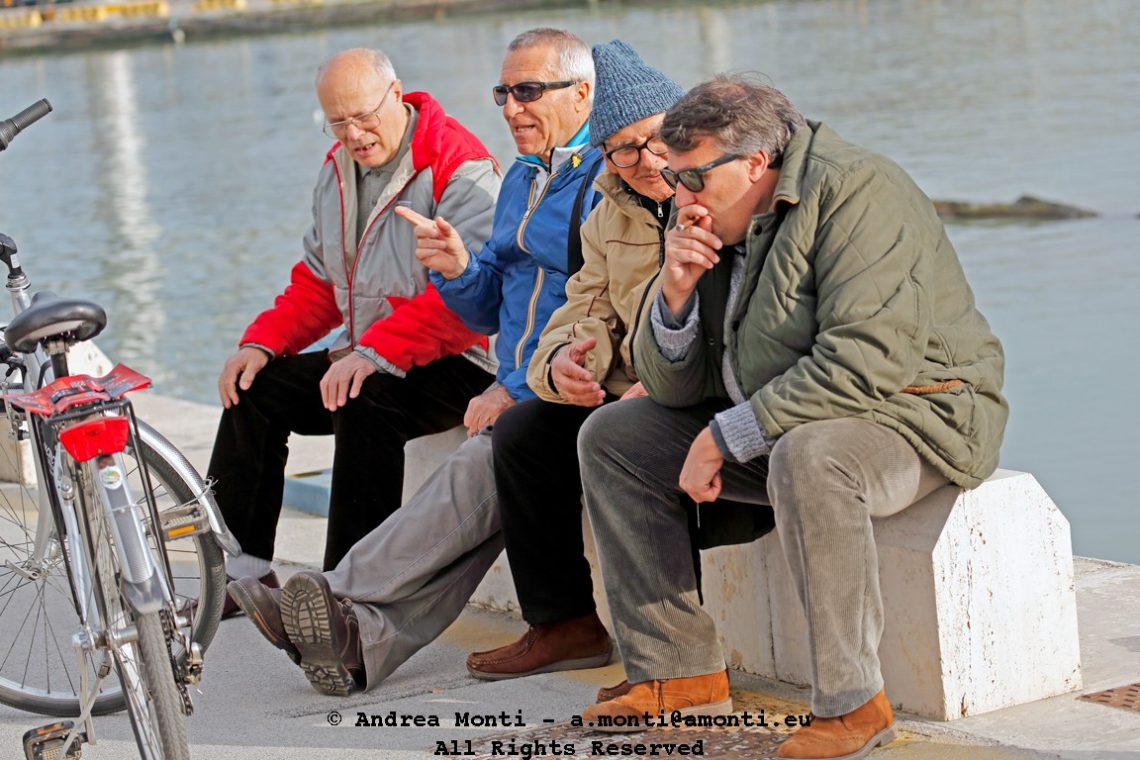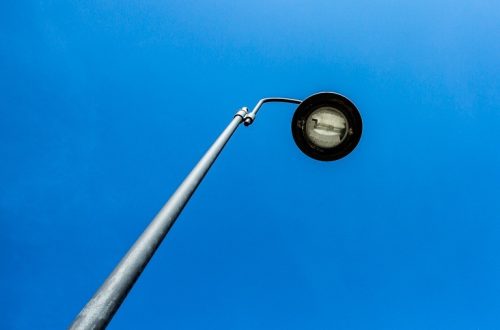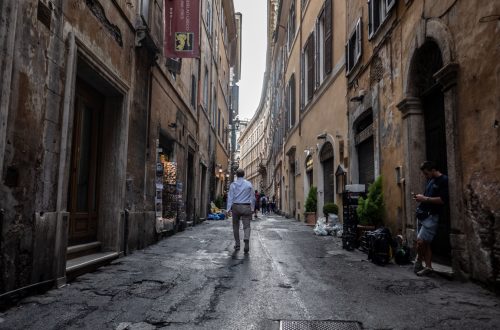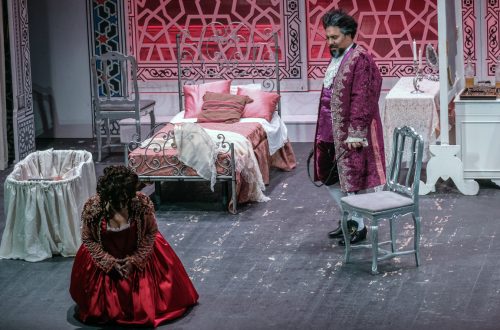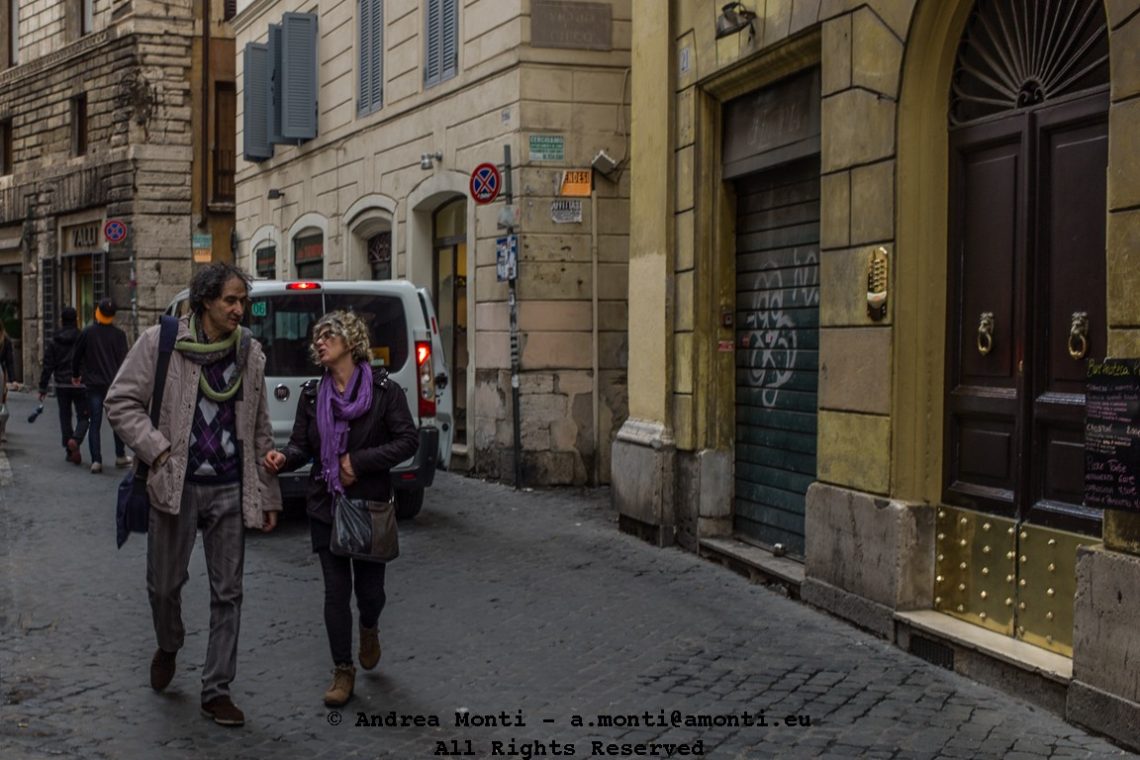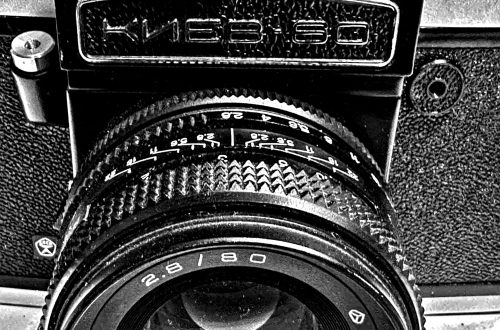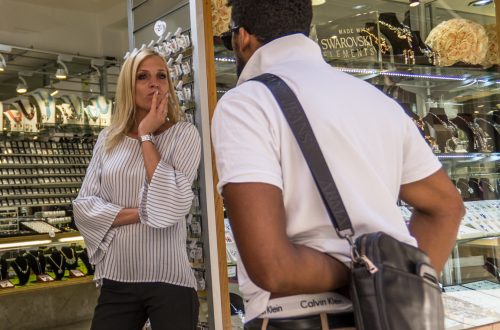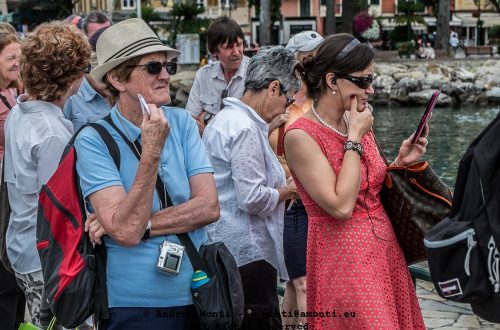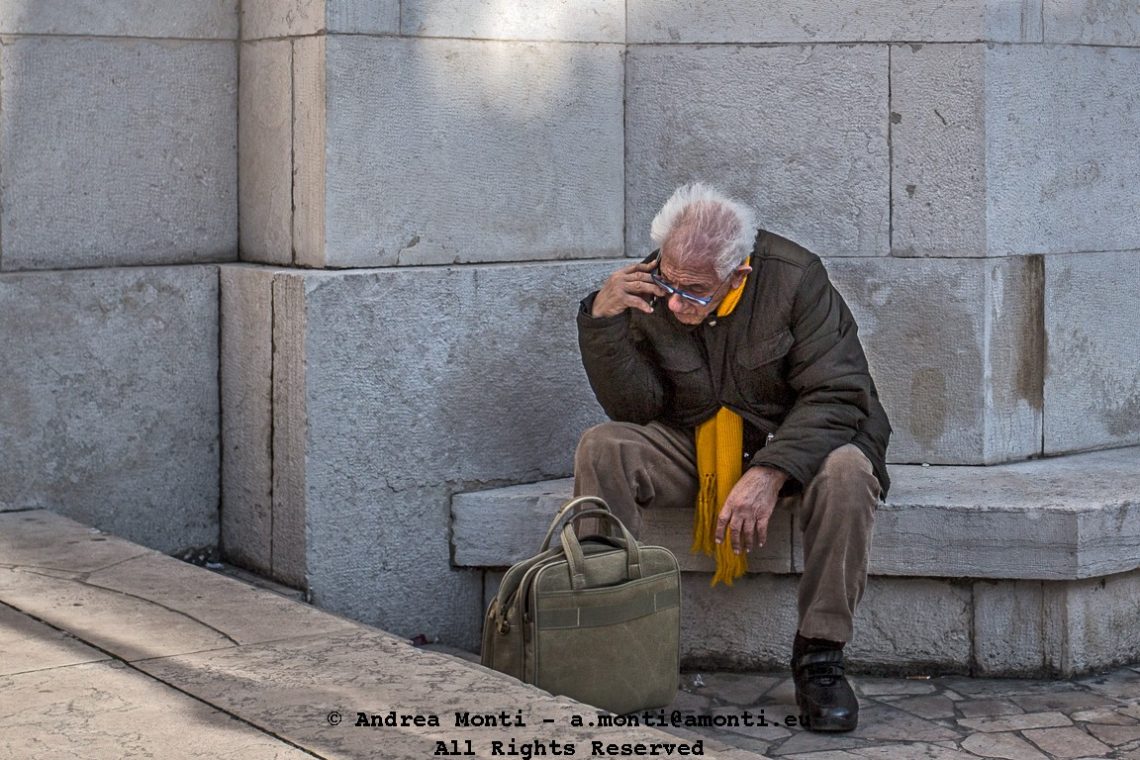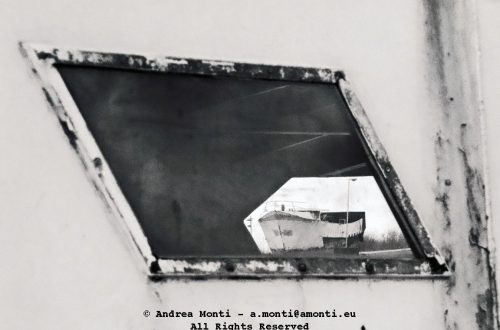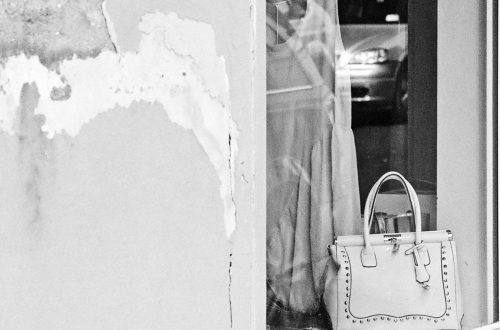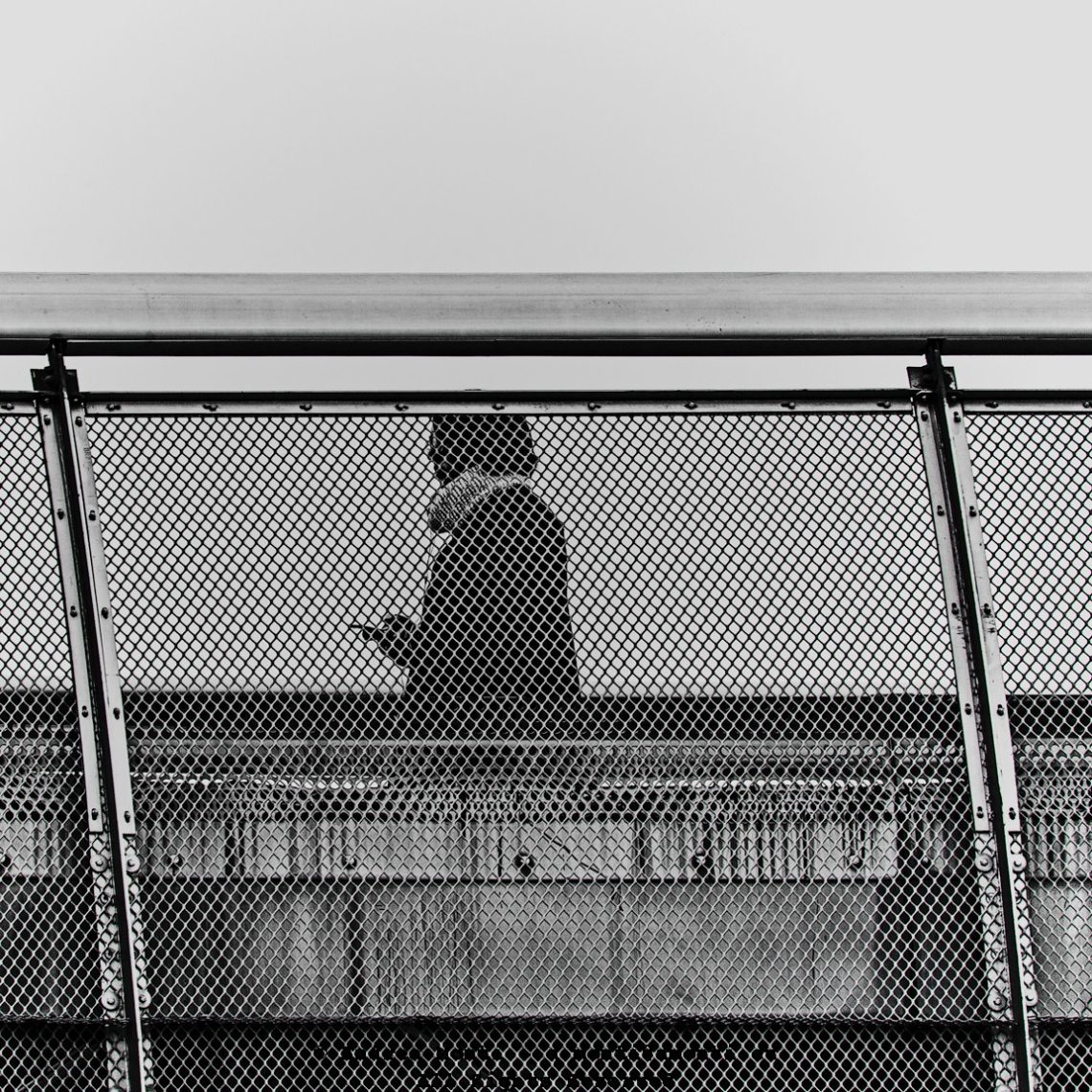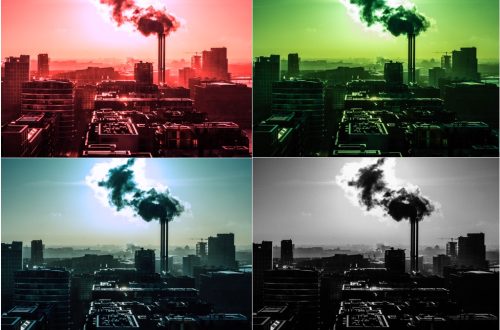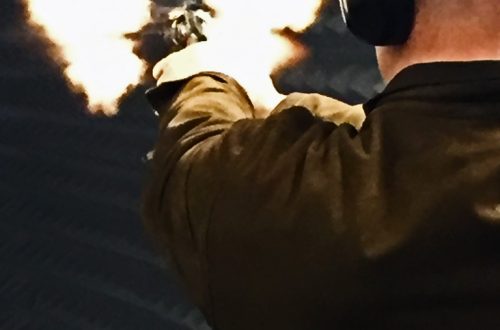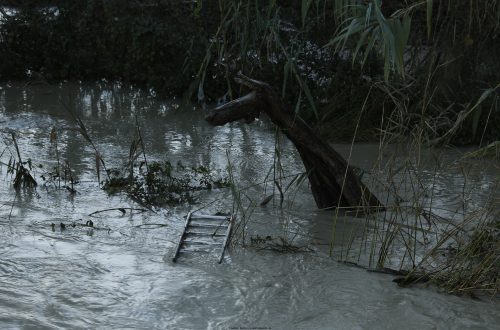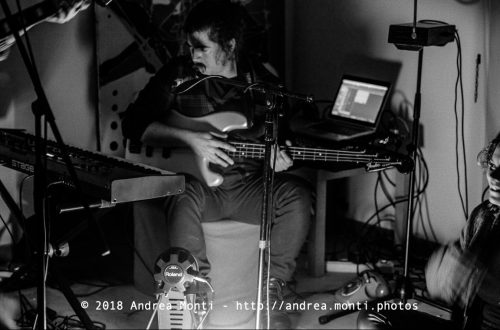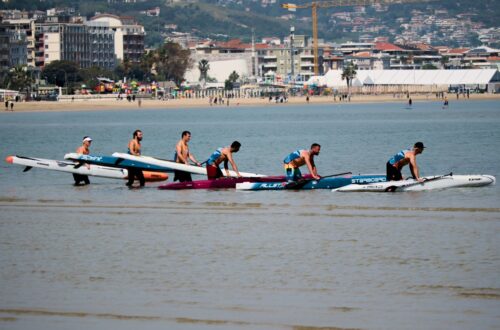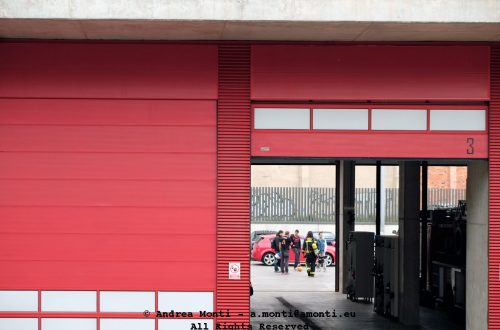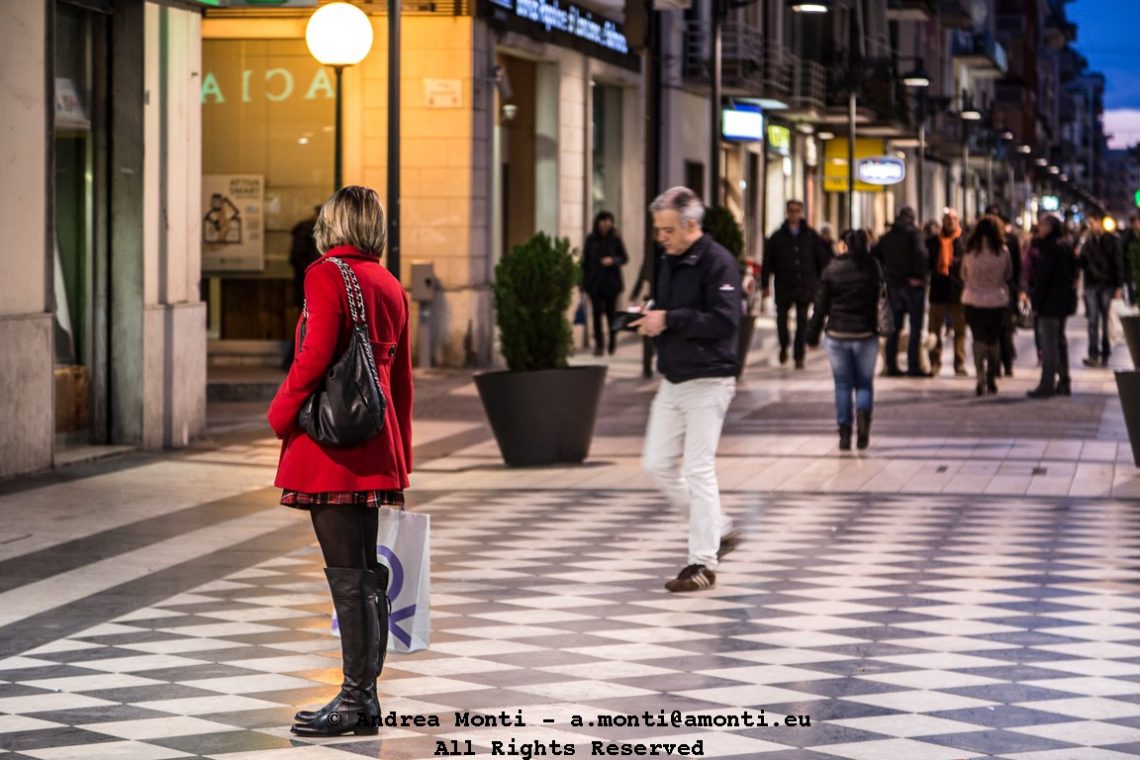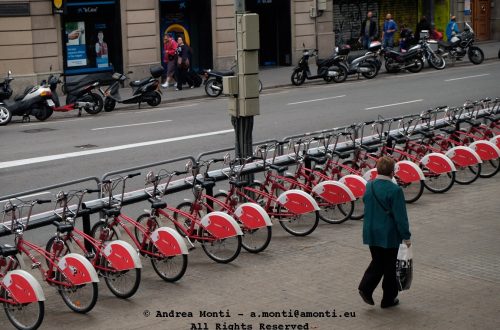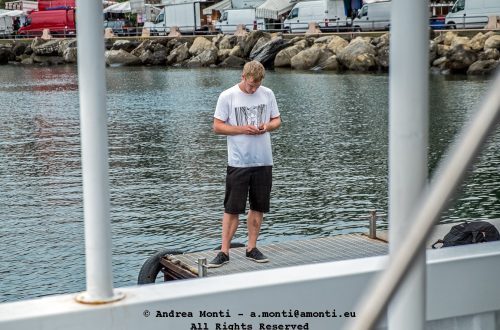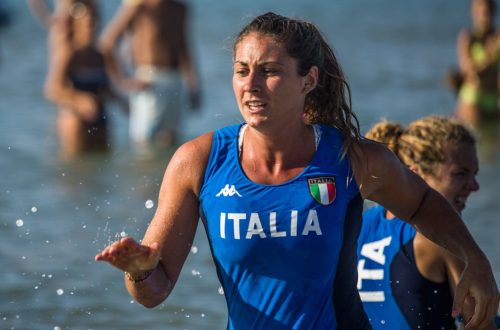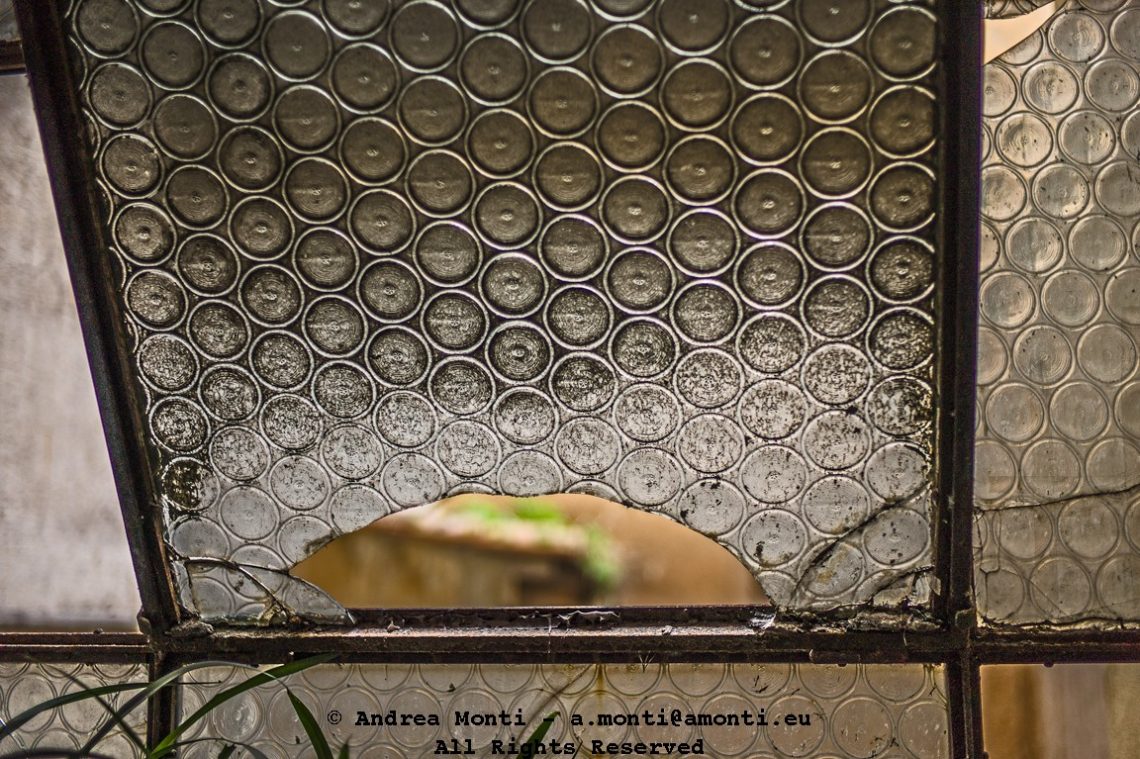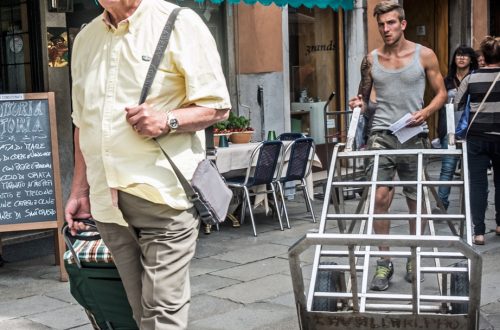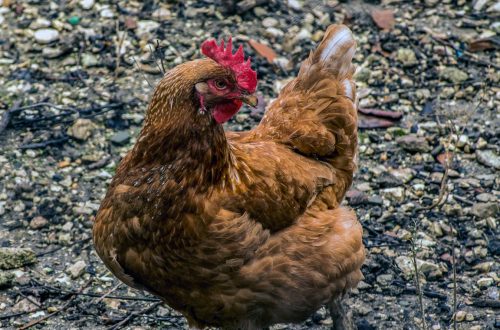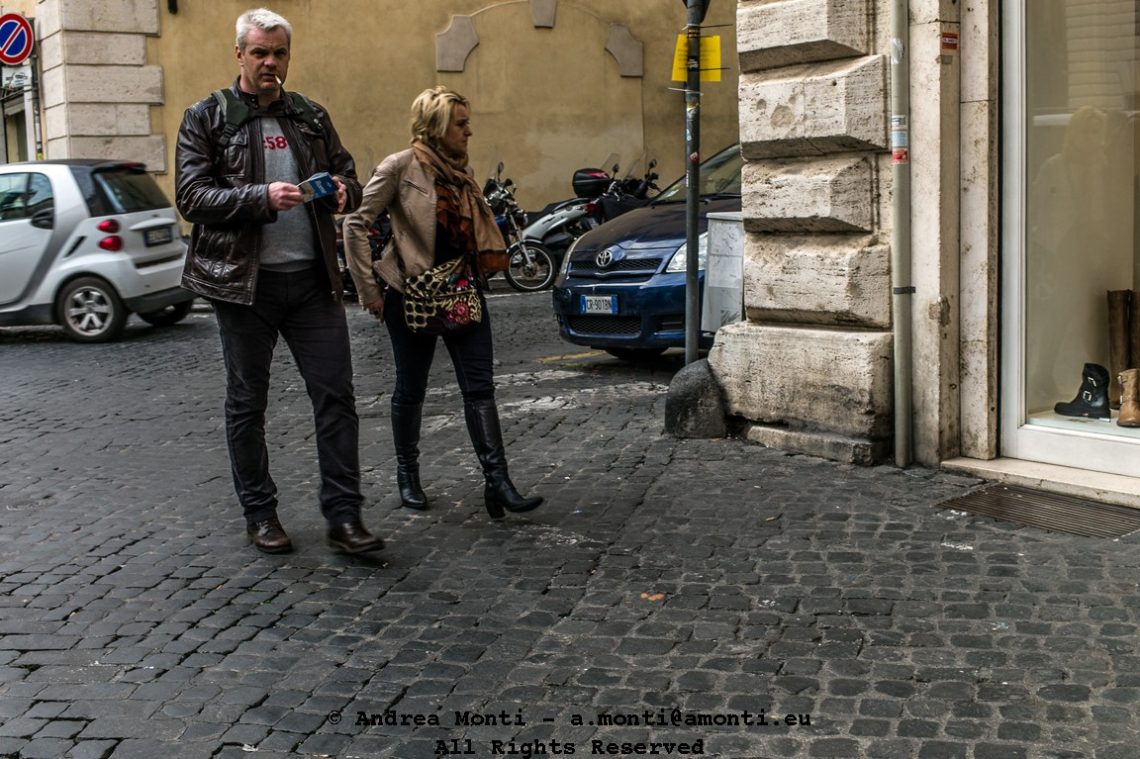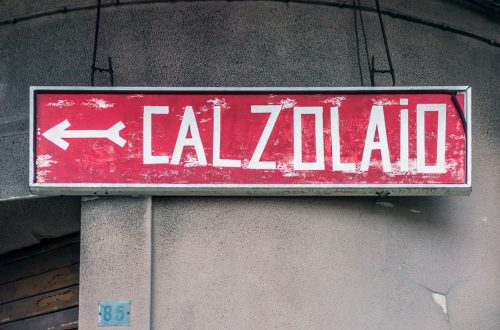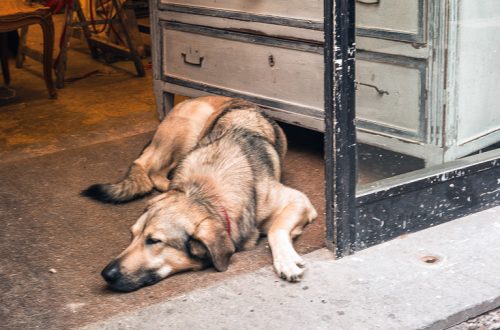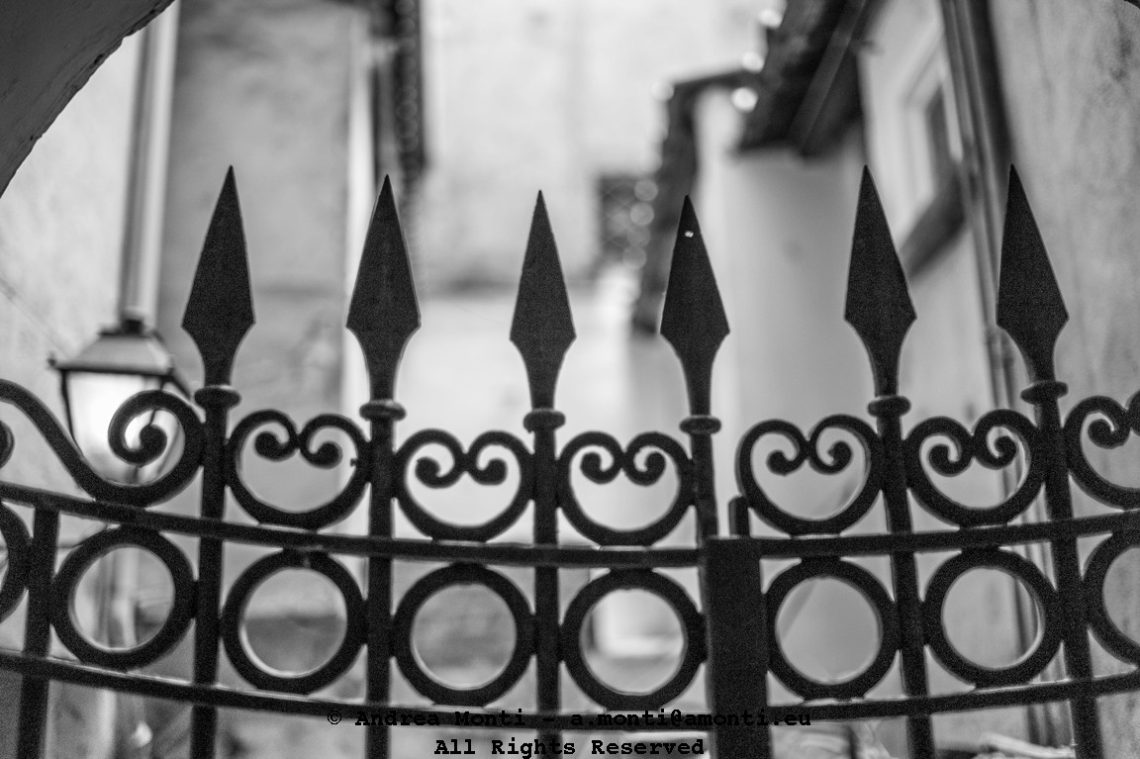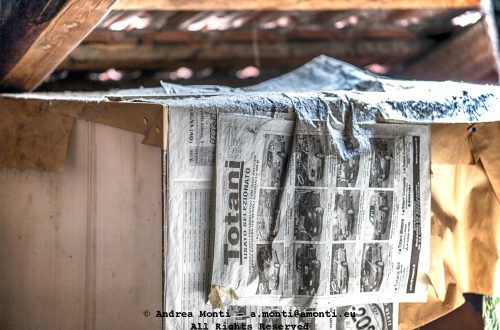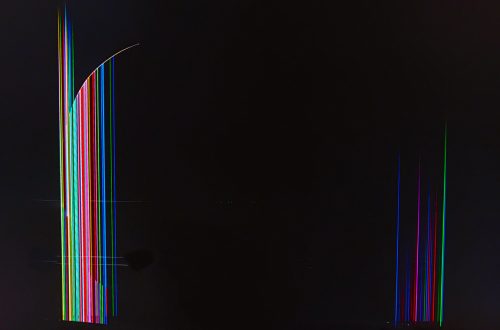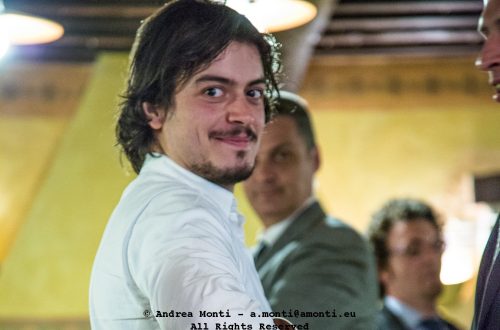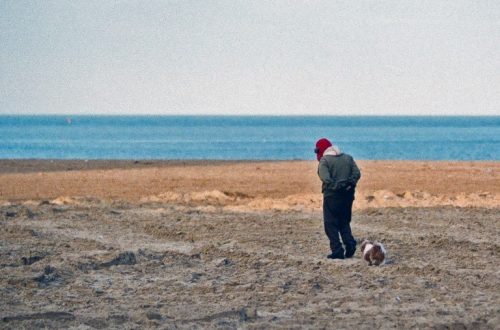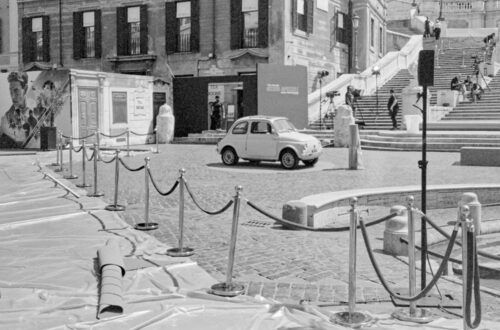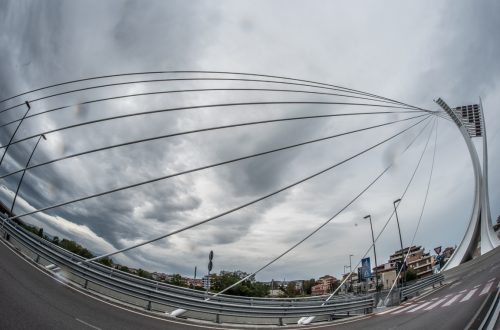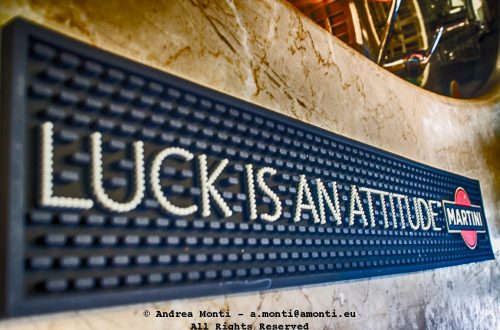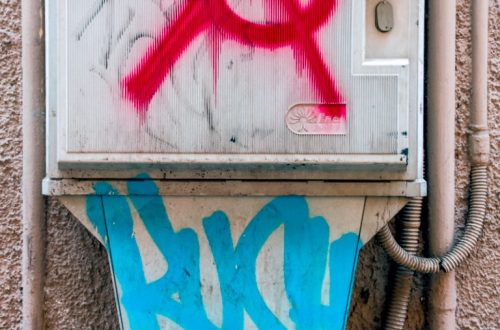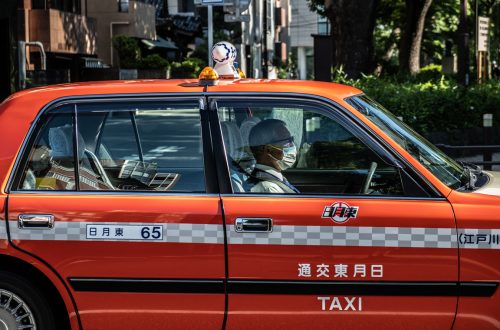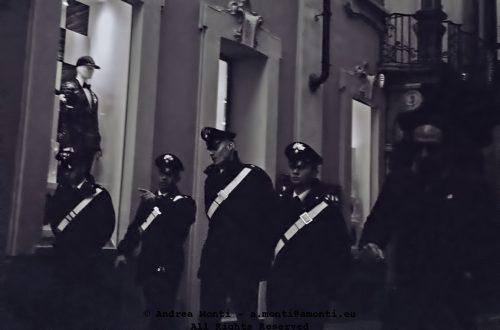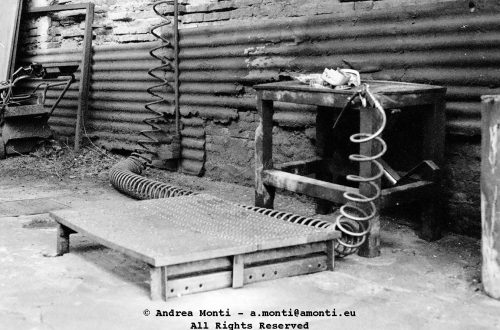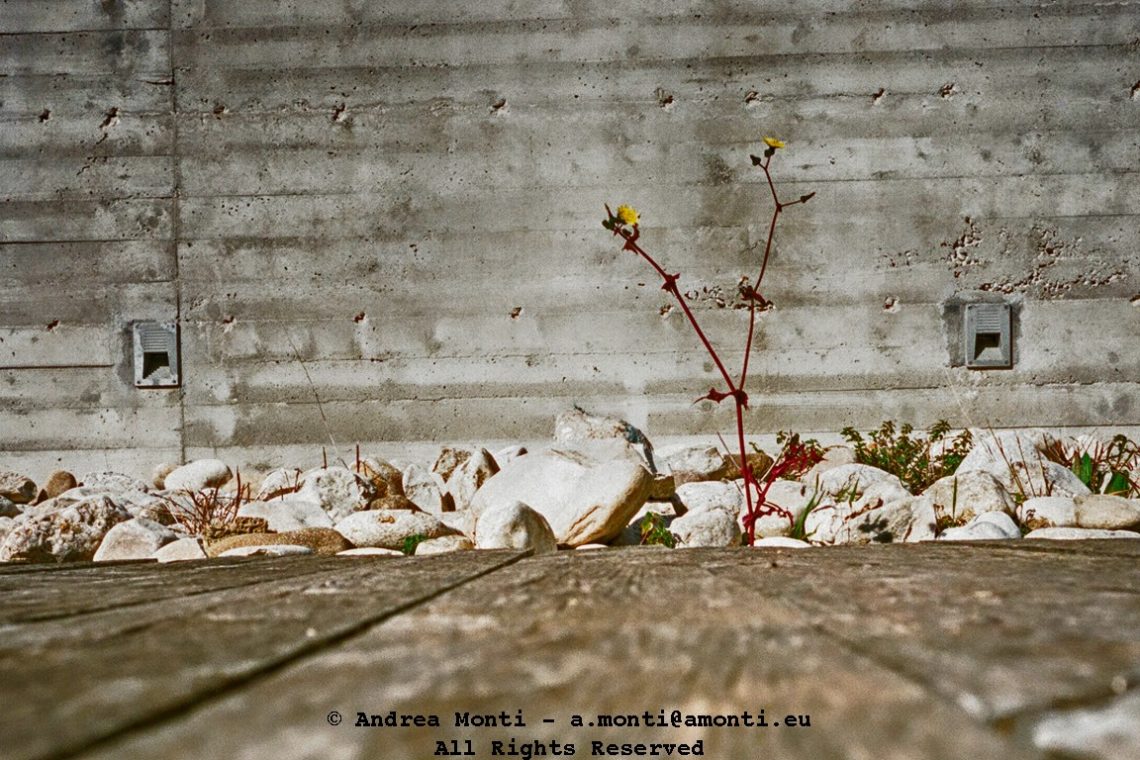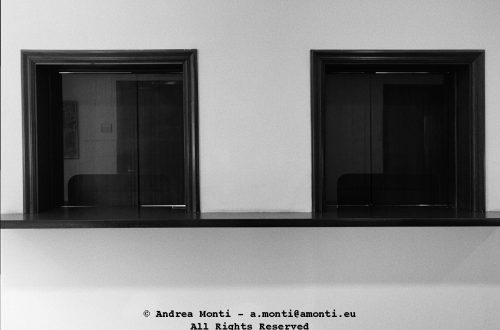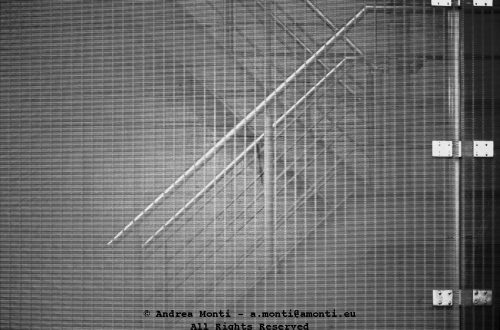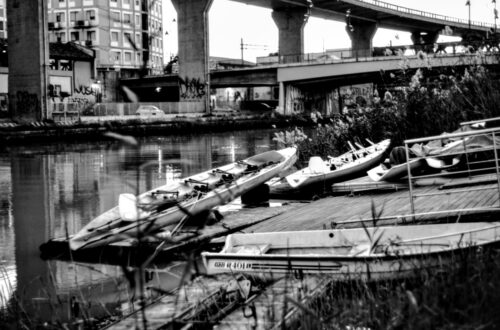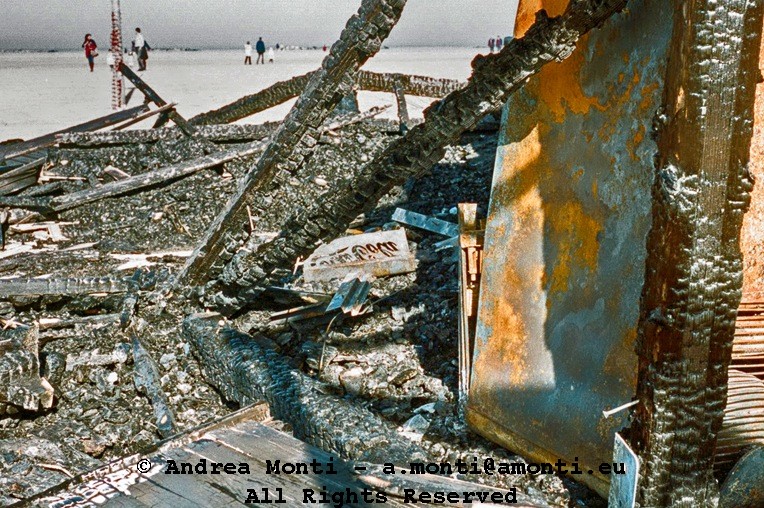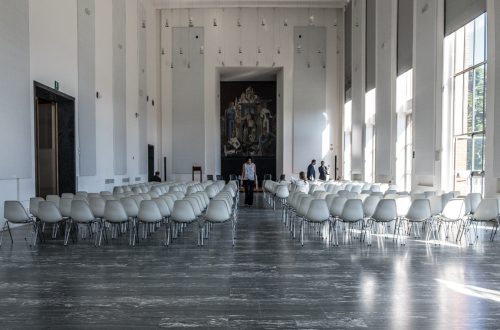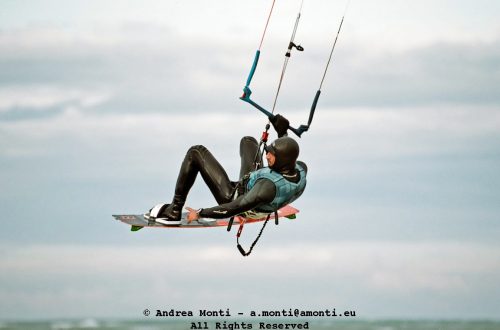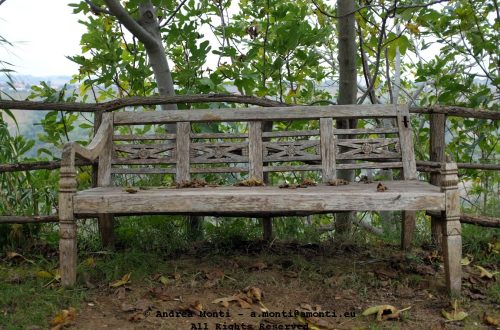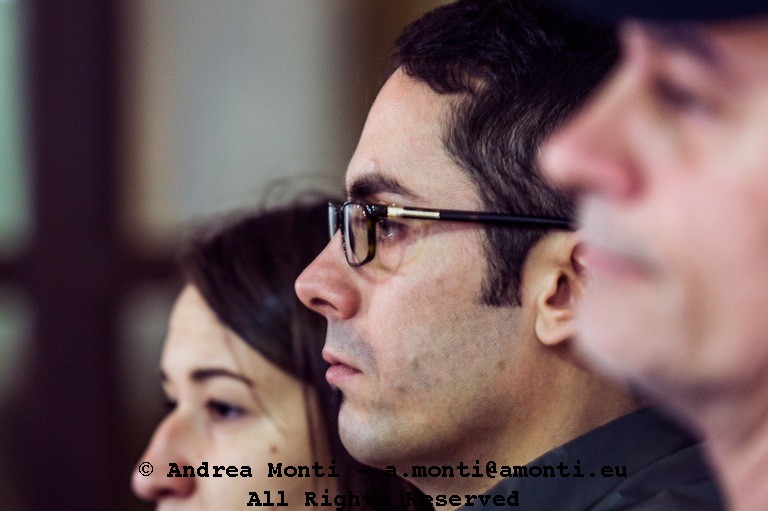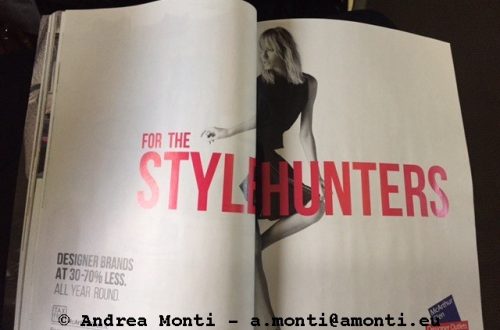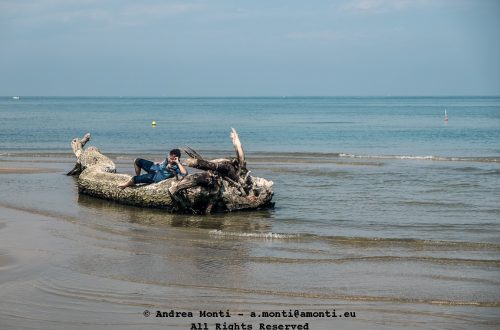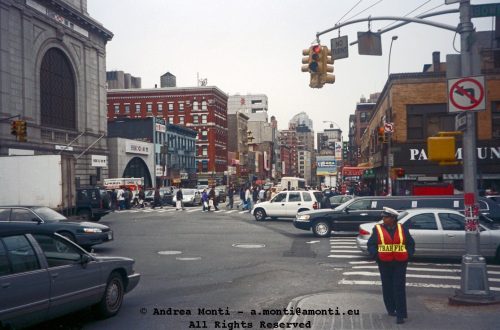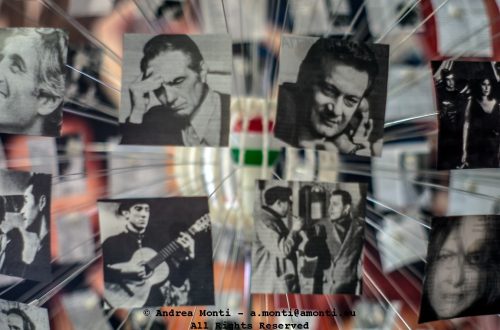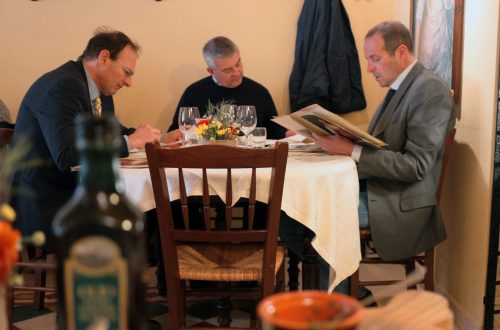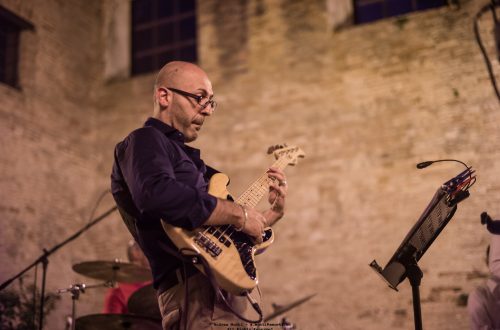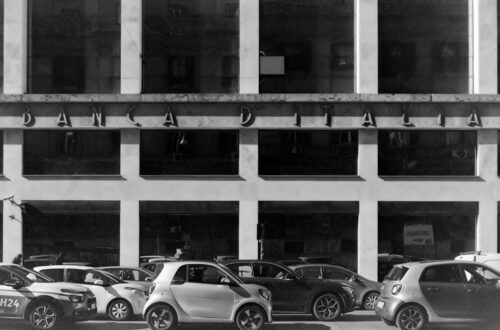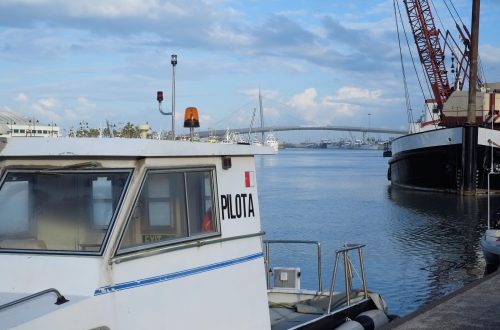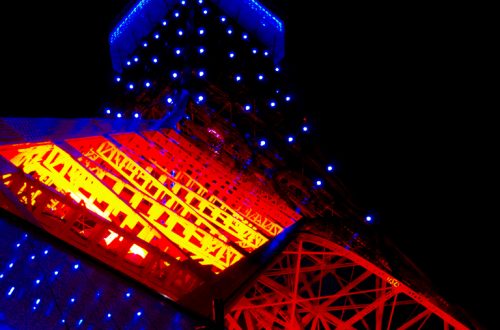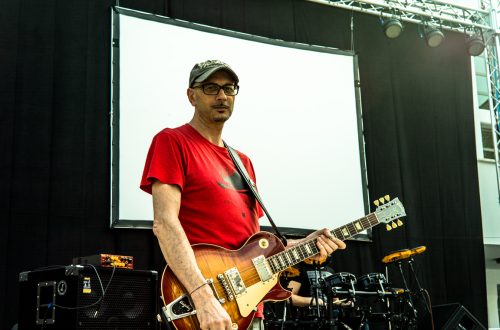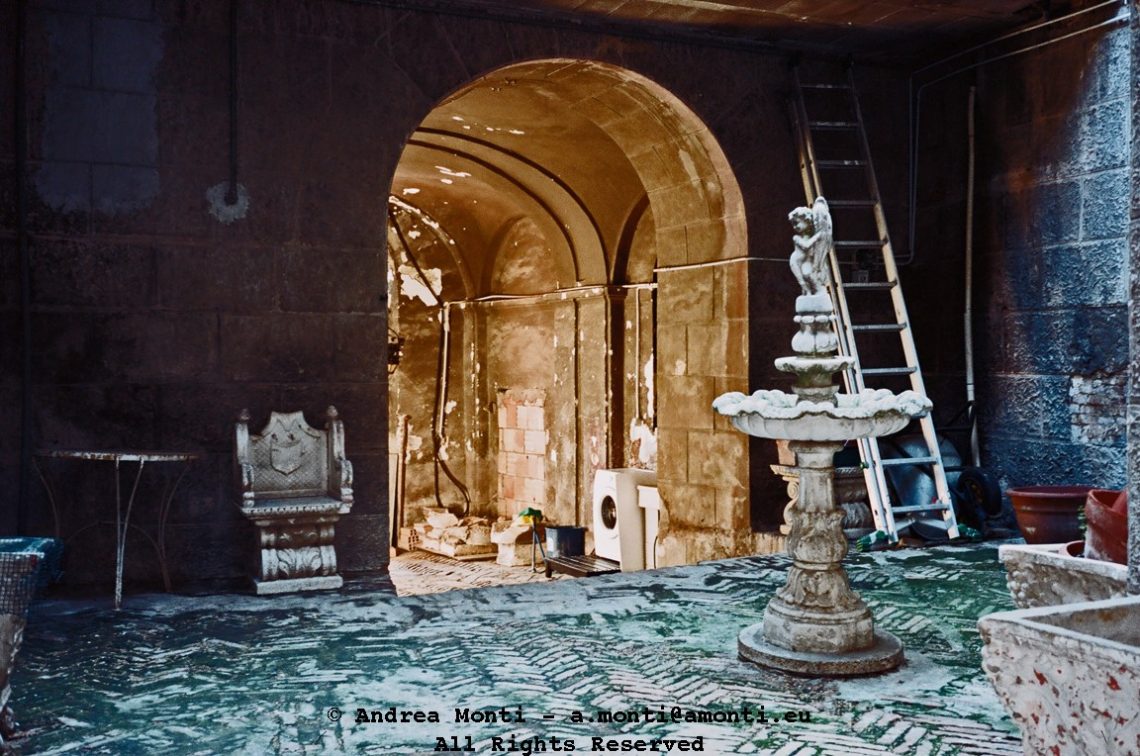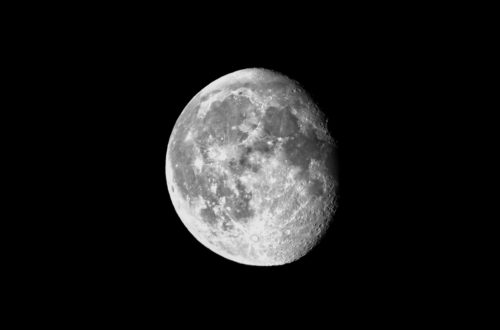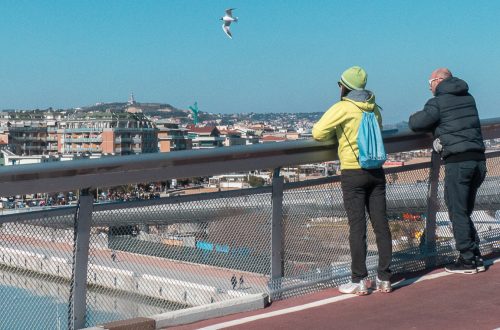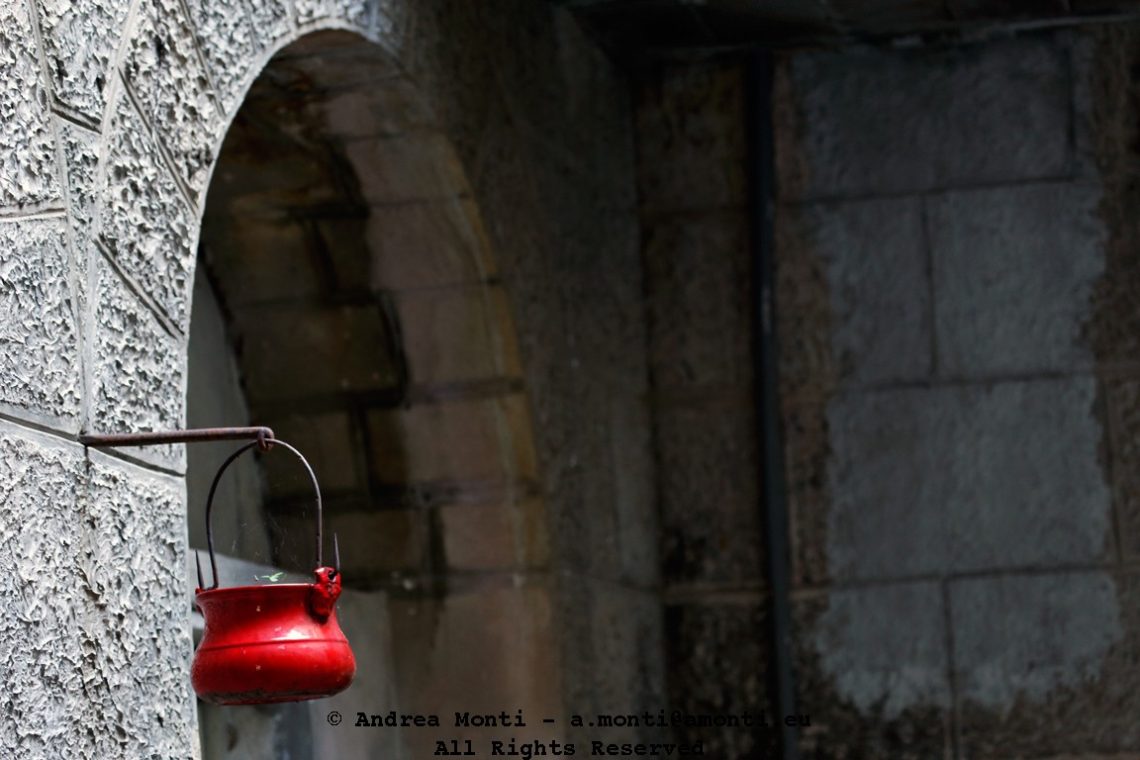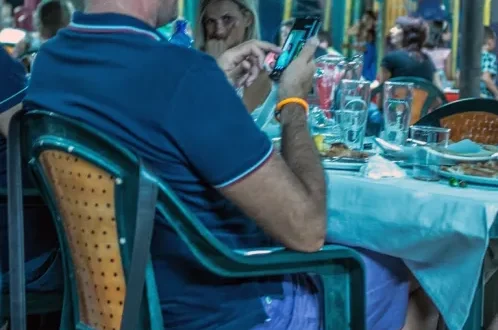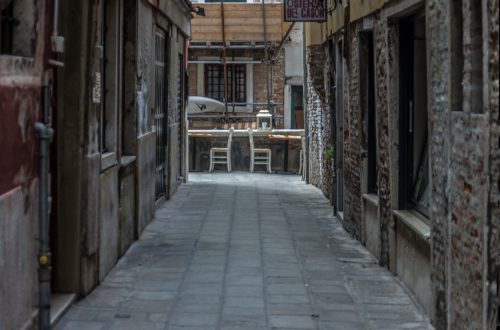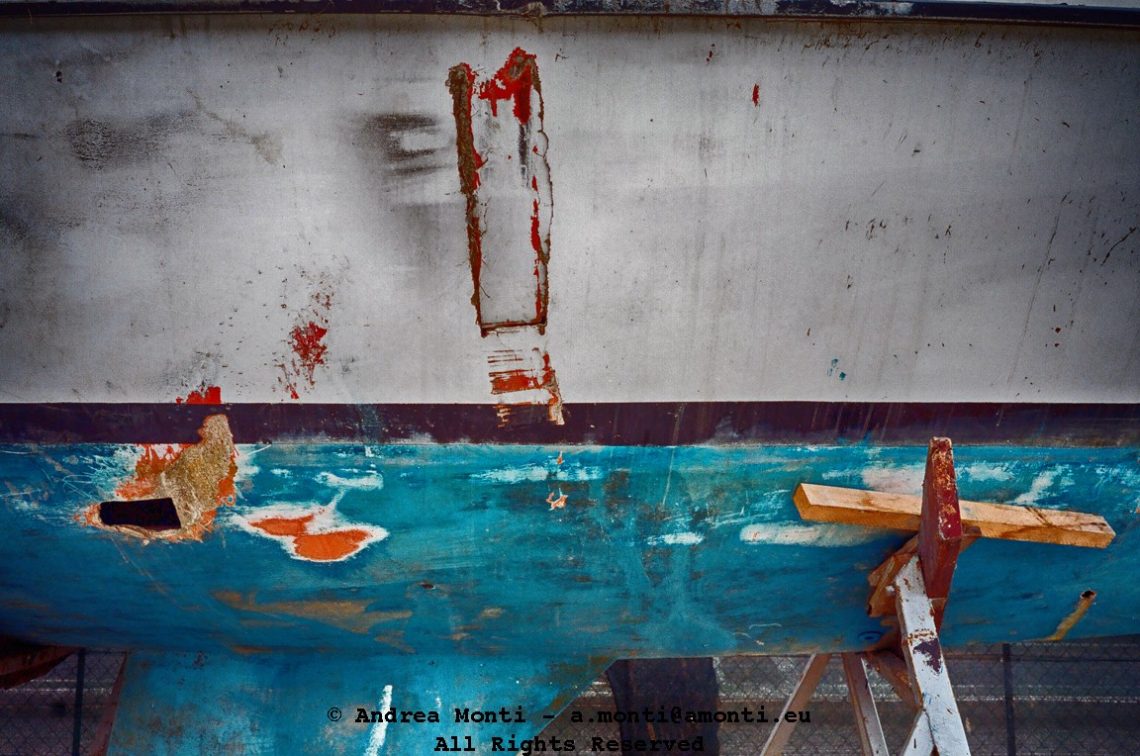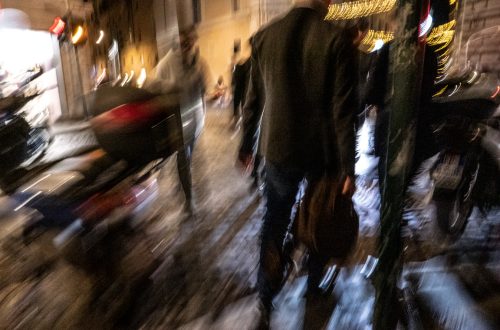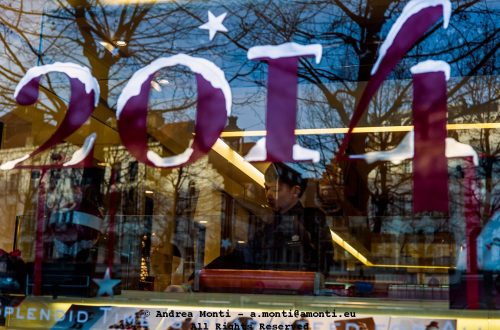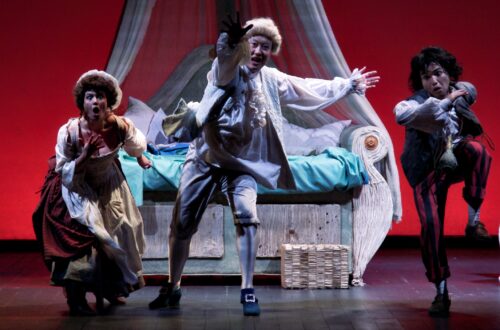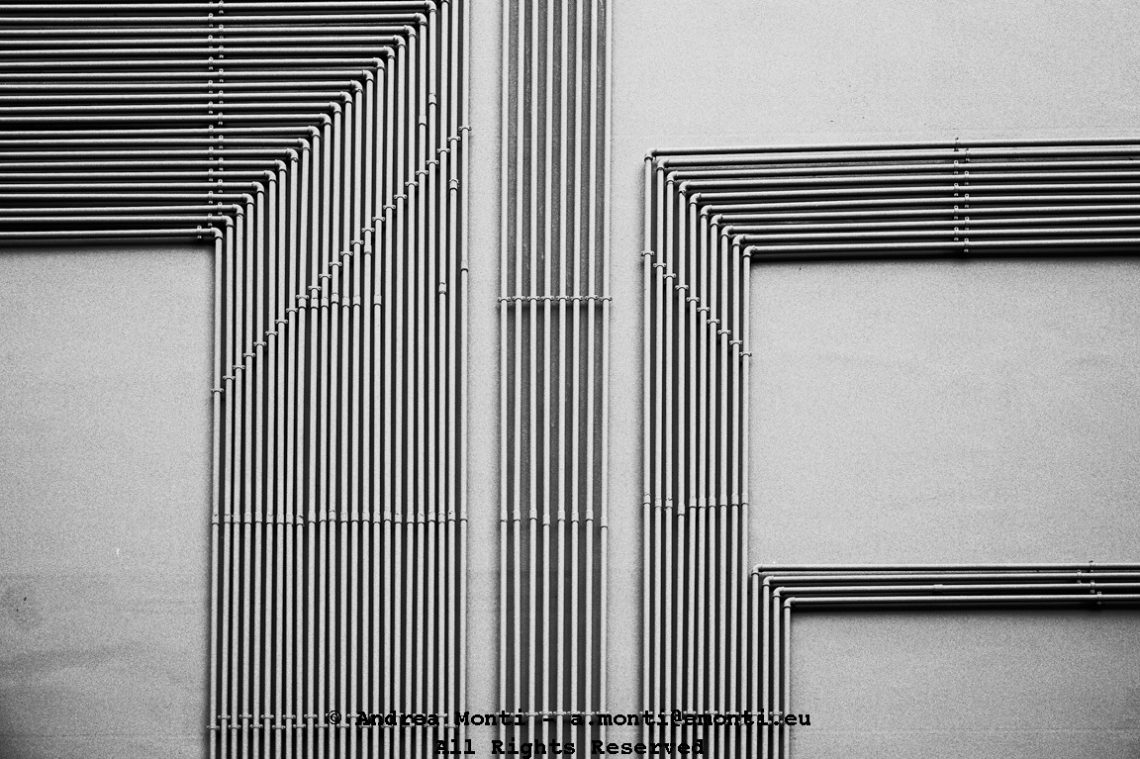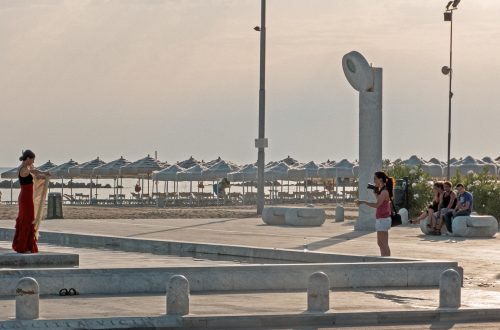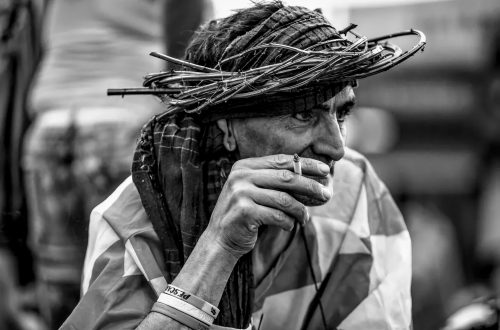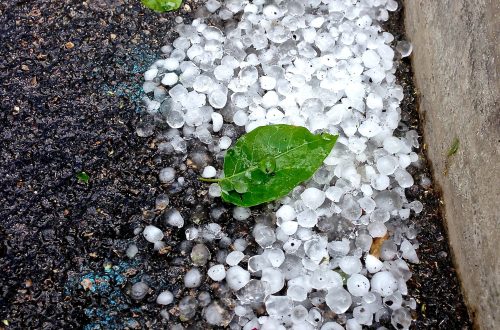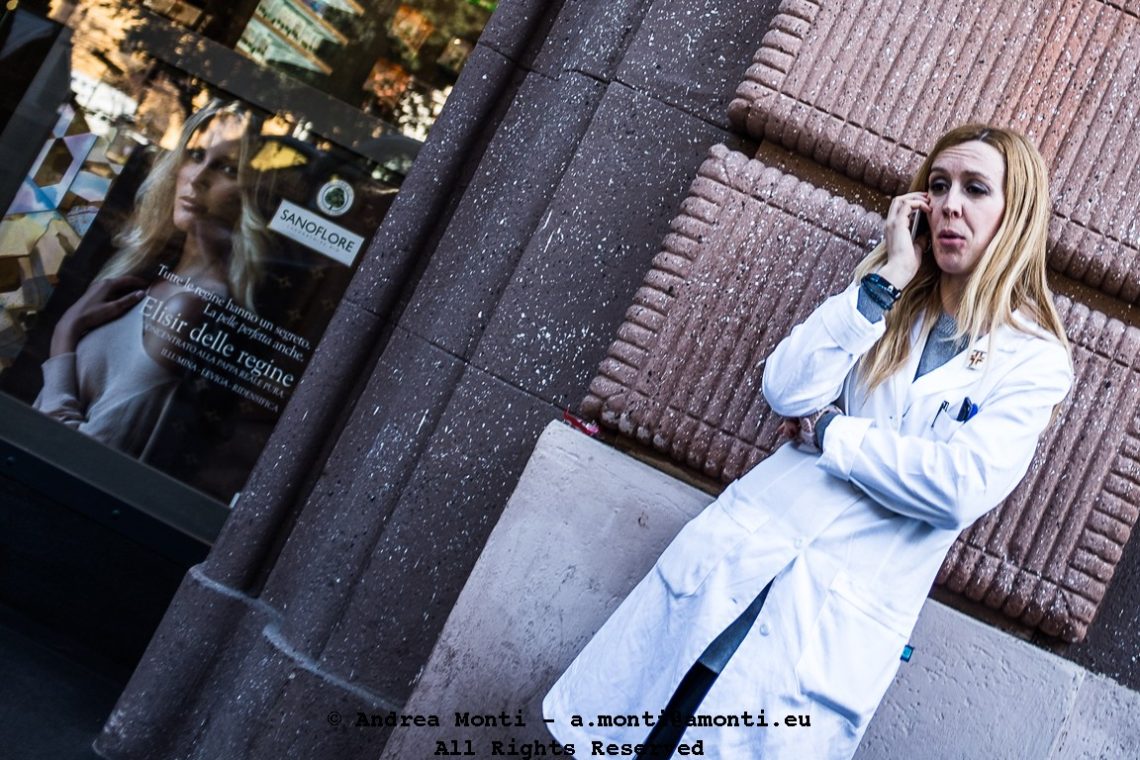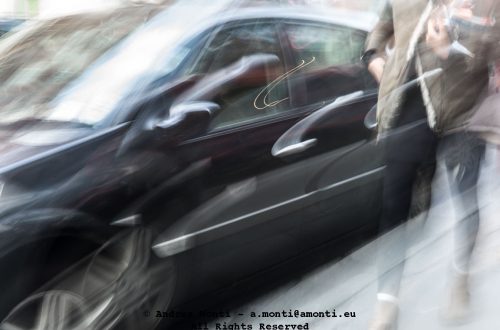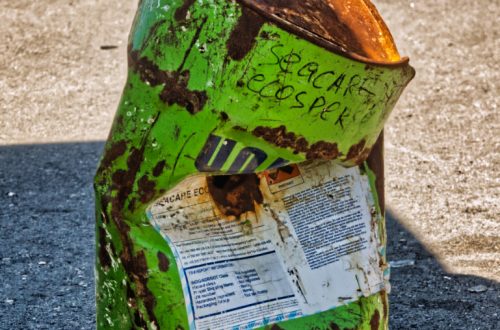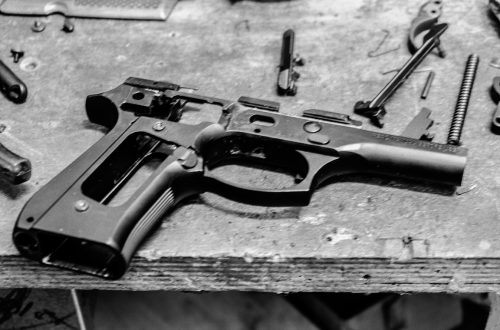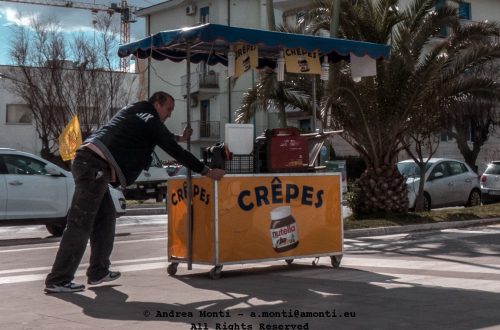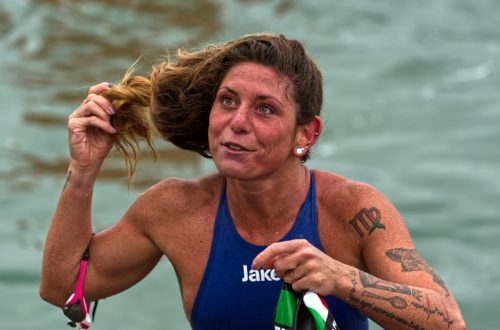-
Friendship is Forever
-
Scarf’s Meeting
-
The Call
-
A Silohuette on the Bridge
-
The Taste Master
Through the glass, the words float like ingredients in the air—sugar, chocolate, honey, milk—layered over the figure in the white chef’s hat. He stands in the narrow frame of the kitchen window, hands mid-motion as he pulls on a pair of blue gloves. The gesture is deliberate, unhurried, the quiet preparation before work begins. Behind him, the corkboard pins up the rhythm of the week—Tuesday, Wednesday, Saturday—handwritten notes, printed orders, the mundane scaffolding behind the alchemy. But the chef himself is framed as something more than a worker; he is the “taste master,” the one who turns lists into flavours, recipes into experiences. The typography on the glass becomes part…
-
Hurry up and shut down the $%&? call!
I shot this photograph on a winter evening when the city was still busy but already slowing down. The street lights had taken over from the sun, and the air was full of that post-work restlessness — half leisure, half impatience. In front of me, a couple had paused mid-walk. She waited, a shopping bag at her side, wrapped in a red coat that caught every ounce of the lamplight. He, a few steps ahead, was absorbed in his phone — fingers scrolling, face lowered. It was a scene of quiet tension, familiar to anyone who has ever waited for someone whose attention is elsewhere. The composition relies on opposition. She…
-
Windows XVIII … Century
This photograph came from an unplanned encounter while wandering through the corridors of a fading building in via del Governo Vecchio — the sort of place where time has done more than simply pass; it has settled in, quietly shaping every surface. The pane of glass here isn’t modern, nor mass-produced. Its circular impressions are the handiwork of an 18th-century glassmaker, each bubble imperfect, each one carrying the slight distortion of a craft long past. The Leica M9, with its full-frame CCD sensor, brought something special to the scene. That sensor has a way of rendering colour and micro-contrast that feels almost film-like, which was ideal for this subject. The…
-
Almost Spotted
The tension in this frame comes not from composition or contrast, but from that split-second ambiguity between being invisible and being noticed. He looked straight into the lens. That frozen glance holds a question—maybe suspicion, maybe curiosity—but crucially, it didn’t escalate. No words, no confrontation. I kept walking, shutter fired, unnoticed… or almost. Street photography isn’t about stealth. It’s about presence—yours, and theirs. Technically, I was working fast. The light was uneven, filtered through a late afternoon overcast, bouncing off the ochre plaster and cobblestones. I kept the exposure slightly under to preserve detail in the midtones, letting shadows fall naturally. The colours hold their weight without shouting—muted leather, grey…
-
An Inside Irongate
Inside and old building, in the heart of Rome.
-
The Angel Maker
There are some things you only find in Rome. Down a narrow street behind the Teatro di Pompeo, inside a studio that smells of dust, turpentine and time, I watched a man restoring angels. Not metaphorically—literally. Plaster cherubs laid out across the table, grey with primer, one mid-stroke under his steady brush. The place looked more like a reliquary than a workshop. And in a way, it was. He’s a master restorer. The kind of figure you expect in an old Fellini film, surrounded by faded tapestries, cracked frames, and gold leaf so fine it breathes when you exhale near it. But this wasn’t a scene. This was a day’s…
-
Do Not Disturb the News Reader
-
Italy, Landscape Photography and the Law – Part Two
In a previous post I addressed some of the legal issues involved in Landscape Photography where copyright was willfully not mentioned: since copyright is an outcome of human creativity who might ever think of imposing it over a landscape? Well, as much as it sounds crazy, somebody did it: on 2o11 the Town of San Quirico d’Orcia, in Tuscany, passed a local regulation that copyrights landscape images and artistic, cultural, environmental and architectural “stuff”, making mandatory pro shooter to ask for an authorization before starting their sessions. This local regulation is simply illegal, because “copyright” implies an act of creativity, while the landscape in itself doesn’t (unless you believe in…
-
A Zen Garden?
Not very, actually…
-
The Arson
The wind had carried the scent long before I arrived—burnt resin, iron oxide, the telltale acridity of ash cooling under morning sun. What was once structure and story was now a cinder pile, framed awkwardly by two still-standing beams like broken arms. I didn’t need to ask what happened. I just raised the camera. This photograph leans into disorder. The eye stumbles across charred planks, twisted metal, and a scorched panel half-folded in retreat. It’s not elegant, and I didn’t want it to be. The strength of the frame lies in its refusal to sanitise. Destruction is inherently chaotic; presenting it neatly would be a betrayal of what it is.…
-
Audience
In photographing an audience, the temptation is often to go wide — to show the collective body, the sea of faces, the shared focus. Here, I chose the opposite: a tight, side-on profile of three individuals, all absorbed in what unfolds beyond the frame. The decision to compress the moment into this narrow slice has the effect of isolating their concentration, making it almost tangible. The focal point rests squarely on the man in the centre. His expression is unreadable yet engaged, his glasses catching just enough light to reveal his eyes without introducing glare. The woman to his left, partially hidden, offers a second layer of depth, while the…
-
Singers
There is a quiet intensity in photographing performers in the middle of their art—particularly when that art requires stillness before the sound. Singers captures two members of a choir mid-performance inside a church, their faces carrying the gravitas of the moment. The solemnity of their expressions suggests that the music here is not mere entertainment but a deeply felt act. From a compositional standpoint, the frame is tightly cropped, focusing our attention squarely on the two central figures. This proximity invites the viewer to study their facial expressions, the texture of their hair, the fine details of their formal attire. The man on the left, with his distinctive mane of…
-
Hanging Clothes Waiting to Dry
I made this photograph on a terrace overlooking the valley, where the most ordinary of domestic acts — laundry drying in the sun — becomes unexpectedly theatrical. The line of garments stretches across the frame, their irregular shapes and colours set against the vast blue expanse of the background. The rural landscape below, softened by distance and haze, contrasts with the immediacy of cotton, wool, and synthetic fabric caught in the breeze. From a technical standpoint, the image is driven by colour and contrast. The saturation is high, which intensifies the reds, purples, and greens of the clothing and the terracotta of the terrace. Against the cool, almost painterly tones…
-
The Abused Balcony
The irony here was too sharp to ignore. A fascist-era building , clad in travertine and brick, declares in Latin: Ave, dulce vatis flumen — Ave, vetus orbis nomen. “Hail, sweet river of the poet — Hail, ancient name of the world.” Above, the symbols of empire; below, a tangle of satellite dishes, like mechanical flowers craning toward the global signal. The architecture aims for eternity, the technology changes with every billing cycle. I framed this head-on, symmetry unbroken, letting the building’s own monumentality dictate the geometry. The composition rests on that tension — history and broadcast, stone and plastic, rhetoric and reception. The Latin inscription begs for permanence. The…
-
Inside a Lost Building
-
A Red Floating Crate
This was one of those photographs that almost didn’t happen. I walked past the red pot twice before realising what caught my eye wasn’t just its colour, but its suspension—hanging alone against a heavy, over-textured wall, oddly weightless. It looked like it shouldn’t be there. It looked like it shouldn’t stay. The light was low and indirect, which helped. A stronger contrast would’ve killed the subtlety of the textures. Instead, the stone’s relief held together—old, porous, grimy—but still distinct. The soft light allowed the red to vibrate just enough to isolate it from the grey-brown backdrop without turning it into a gimmick. Framing was tight. I didn’t want to include…
-
Wrecked Hull
There’s something oddly compelling about the scars of a boat out of the water. Without the softening shimmer of the sea, the hull stands exposed — every scratch, blister, and patch telling a story of its time afloat. When I came across this one, propped up on its stand, the colours struck me first: the chalky off-white giving way to the battered turquoise, with angry flashes of red oxide bleeding through like old wounds reopening. I framed it tight, keeping the top and bottom of the hull cropped to remove any distraction from the shapes and textures. The horizontal divide of colour became my anchor, with the wooden prop jutting…
-
Pipeline
While walking past this building, I noticed how the conduit layout on the wall resembled a kind of industrial score—lines and pauses, rhythms and patterns. Not an installation, not a sculpture, just a highly structured solution to a very practical problem. The moment I saw it, I knew the camera had to do nothing more than document with precision. The photograph is as straightforward as its subject. I shot it head-on to avoid distortion, aligning the sensor with the wall surface as squarely as possible. The frame is divided into two visual planes—the dense column of vertical and diagonal pipes on the left, and the open, linear turns on the…
-
A Relaxed Call
-
The Fisherman’s Knots
In an age of automation, efficiency, and scale, this image restores dignity to the gesture of the hand. The photograph captures a fisherman absorbed in the ancient ritual of mending his net—a task as old as seafaring itself. His fingers, calloused and sure, draw thread through mesh with the concentration of a craftsman rather than a labourer. There is no sea in sight, only scaffolding, plastic tape, and the anonymous infrastructure of a modern dock. Yet this contrast only strengthens the narrative: amid industrial noise, a human persists in doing things slowly, correctly, traditionally. The net becomes more than a tool—it is sustenance, memory, continuity. Every knot ties past to…
